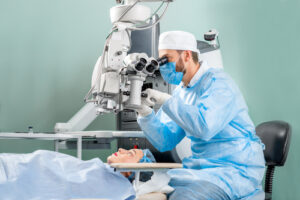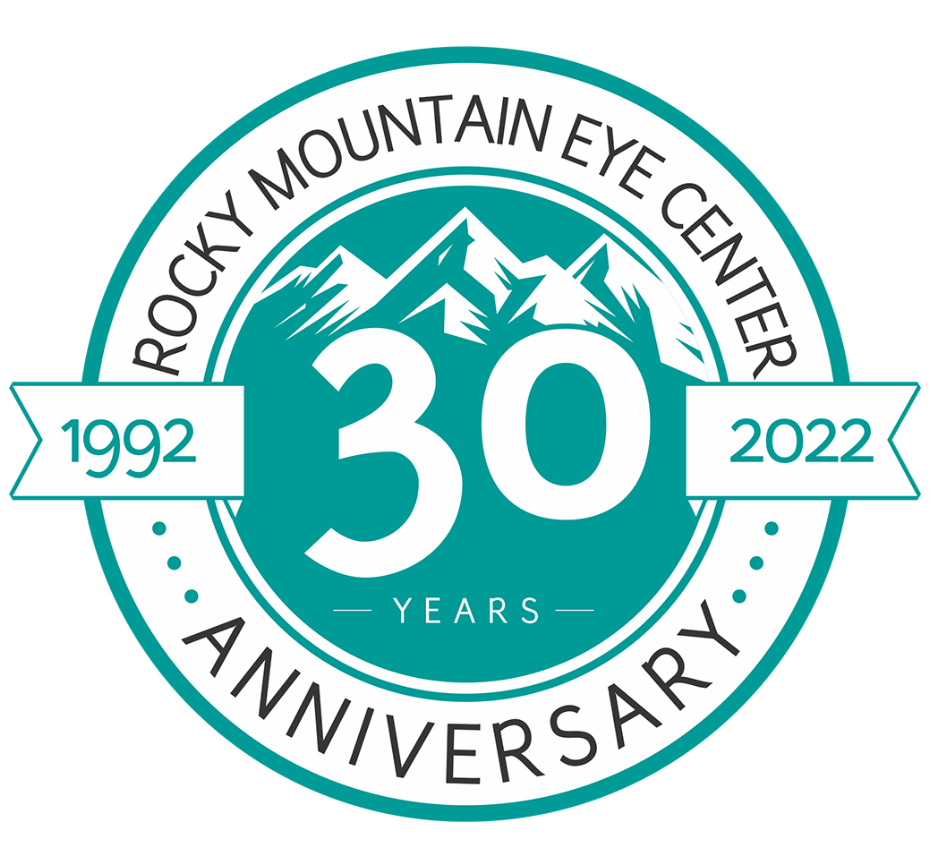
What Are the Most Popular LASIK Alternatives?
Posted by: Rocky Mountain Eye Center in News on February 15, 2023

When most people think of vision-correcting surgery options, they immediately think of LASIK. This is because LASIK is the most popular refractive procedure.
Unfortunately, not everyone is a candidate for LASIK. If you have been considering a vision-correcting surgery, but have been told that LASIK is not right for you, you may still have options.
Keep reading to learn more about the most popular LASIK alternatives!

What is PRK?
One alternative to LASIK is photorefractive keratectomy, which is more commonly called PRK. PRK can be an excellent option that can allow you to experience visual freedom if you have a refractive error like nearsightedness, farsightedness, or astigmatism.
Refractive errors occur when the shape of the eye prevents it from focusing light onto the retina properly. You may experience refractive vision errors if your eye is too long or too short or if the shape of your cornea is irregular.
During PRK surgery, your eye surgeon will remove the outer layer of the cornea, called the epithelium, and use a precise laser to reshape the cornea, which corrects the way that light rays are focused onto the retina. A contact lens is placed over the cornea to act like a bandage and protect it during recovery.
What Happens During PRK Recovery?
While PRK offers improved vision results similar to LASIK, the recovery time is usually longer. This is because the epithelium is completely removed during PRK, compared to LASIK, in which a flap is created and repositioned for healing.
On average, immediate recovery from PRK lasts from three to five days, during which time the epithelium is regrowing. Full healing is usually complete within a couple of months to a year.
After the PRK procedure, you may experience some discomfort during recovery. That discomfort is usually manageable with over-the-counter pain relievers.
PRK patients might also experience visual disturbances like halos, starbursts, light sensitivity, or haziness. These disturbances are usually temporary and will clear up as the eyes heal.
For about a month post-surgery, a variety of eye drops must be used to control inflammation and infection. These eye drops also work to keep them lubricated and comfortable.
In some cases, PRK can even significantly reduce dependence on visual aids.

Who is a Candidate for PRK?
PRK is a good option for those who have eye conditions that prevent them from being a candidate for LASIK surgery. For instance, if you have dry eyes or thin corneas, LASIK is not recommended, but PRK can be an alternative.
As with LASIK, you must meet certain requirements to be a good candidate for PRK. These requirements may include the following:
- Be at least eighteen years of age, though the ideal candidate would be at least twenty-one years of age
- Your eyes are in good general health
- You are in good general health
- Your glasses prescription has remained unchanged for the last year
Not all individuals are candidates for PRK. If you have an unstable refractive error, advanced glaucoma, a history of eye infections, or uncontrolled diabetes, your eye doctor may not recommend PRK for you.
What is Refractive Lens Exchange?
Another alternative to LASIK is refractive lens exchange or RLE. RLE is an excellent alternative to LASIK for individuals with extreme near- or farsightedness who might not qualify for PRK or LASIK.

Sometimes called clear lens exchange, RLE is actually similar to cataract surgery. The difference between cataract surgery and RLE is that cataract surgery replaces a cloudy lens to restore visual clarity, while RLE involves replacement of a clear lens to improve the quality of vision.
During RLE surgery, your eye surgeon will remove the natural lens of your eye and replace it with an artificial lens. These artificial lenses are called intraocular lenses, or IOL, and are available in three options: monofocal IOLs, multifocal IOLs, and accommodating IOLs.
Depending on your vision goals, these IOLs can be used to restore vision at one or more distances. Monofocal IOLs correct vision at a single distance.
Multifocal IOLs, on the other hand, correct vision at multiple distances, and accommodating IOLs can restore vision at all distances, meaning near, far, and intermediate.
What Happens During RLE Recovery?
Like PRK, RLE surgery times are short, usually about fifteen minutes, and can be performed as an outpatient procedure.
The recovery period following RLE is much shorter than with PRK. Most patients can resume regular activity within a week of surgery, and vision is improved within weeks, if not immediately.
Aside from vastly improved vision without the need for corrective eyewear, one of the most significant benefits of RLE is that it prevents cataracts. Because the eye’s lens is now artificial, it won’t develop the cloudiness caused by cataracts.
The IOLs used in RLE ensure a lifetime of clear vision. It is also a good LASIK alternative for patients with corneal abnormalities.

Who is a Candidate for RLE?
Like LASIK and PRK, you must meet specific requirements to be considered for RLE surgery to correct your vision. These requirements include being twenty-one years of age or older, having a stable vision prescription for at least a year prior to the procedure, and having healthy eyes with no history of eye disease.
If you are serious about improving the quality of your vision but have been told that LASIK is not for you, it may be time to seek an alternative option. Depending on your individual needs, PRK or RLE might be an excellent option to allow you to see the world clearly, without the need for glasses or contact lenses!
Do you want to learn if you may be a candidate for RLE or PRK? Schedule an appointment at Rocky Mountain Eye Center in Canon City, CO, today!



